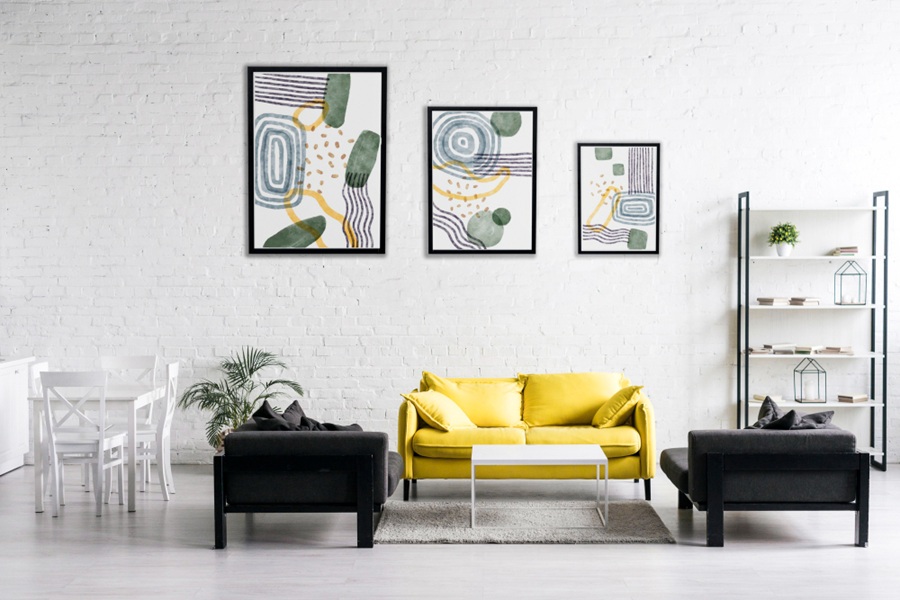When it comes to interior design, one of the easiest and most effective ways to transform the size and feel of a room is through paint. The right color choice can make a space feel more open and airy, while the wrong shade can make it seem cramped and confined. Understanding how color affects perception is key to creating the ideal atmosphere in your home.
How to Choose the Right Paint for Your Space
When deciding which paint to use, it’s important to consider how lighting, room size, and the layout of your furniture play a role in the space’s feel. Natural light is one of the biggest factors, as rooms with ample light will benefit from darker shades, whereas rooms with little light will likely feel more open and airy with lighter tones.
If you’re unsure about the right choice for your home, you may want to consult with a professional. A skilled painter and decorator can offer advice on how to choose the right paint to suit your space’s unique characteristics. If you’re in need of a trusted professional in your area, consider visiting an online platform to find an experienced painter and decorator Birmingham.
Light Colors for an Airy, Spacious Feel
One of the most widely accepted principles in interior design is that light colors tend to make a room feel larger and more open. Lighter shades such as whites, pastels, light grays, and soft neutrals reflect more light, which helps a space feel airy and expansive. These colors bounce natural light around the room, brightening dark corners and making even smaller rooms feel more open.
If you’re trying to make a small room like a bedroom or a bathroom feel more spacious, opt for colors like soft whites, light creams, or pale blues. These shades create a serene and calm atmosphere, helping the space feel larger than it actually is. Lighter tones are also highly versatile, complementing a variety of furniture and decor styles, making them a great choice for almost any room.
Dark Colors for Coziness (and a Smaller Feel)
On the other hand, dark colors can have the opposite effect. While they can add depth and drama to a room, they can also make a space feel more enclosed. Rich colors like navy, charcoal, deep burgundy, and forest green absorb light, which can make walls seem closer together and the room appears smaller. Dark hues create a sense of intimacy, which may be perfect for a cozy living room or a media room where a snug ambiance is desired.
However, dark colors can be used to your advantage in larger rooms that feel overly expansive or lack warmth. Using dark paint on one accent wall or on trim can help balance the room’s proportions. Just be careful not to go too bold with dark shades in rooms that already feel cramped, as they may amplify the sensation of confinement.
The Power of Accent Walls
An accent wall is another popular design choice that can influence how large or small a room feels. By painting just one wall in a bold or contrasting color, you can add visual interest and even change the perception of the room’s size. For example, if you have a narrow room, painting one of the longer walls in a dark color can make the space feel less elongated, creating the illusion of more width.
For rooms that feel cramped or boxy, creating a sense of verticality can be achieved by painting the ceiling in a lighter shade, while opting for a darker color on the walls. This can add a sense of height and open up the space, making the room feel less confined. Alternatively, painting the trim or molding in a contrasting color to the walls can help create a dynamic, balanced look.








Leave a Reply